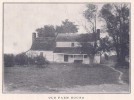Bowie State in '68
Introduction
In 1963 the Maryland Teachers College at Bowie became Bowie State College. Just two years earlier the college received it's first accreditation by the Middle States Association. The new name signified the expansion to a Liberal Arts curriculum during the presidency of Dr. William E. Henry. That year there were 45 graduates with a Bachelors of Science degree, and 2 post-Baccalaureate certificates awarded, all in Education.
Growth of the college was slow. It was still a rural school in the middle of undeveloped farm and forest land, located on the Baltimore and Potomac Railroad line that ran from Baltimore to Washington DC. The small nearby town of Bowie was one and one-quarter mile south of  the college, and still retained much of its rural character. Students walked into town along the tracks to visit the bank, grocery, and other shops.
the college, and still retained much of its rural character. Students walked into town along the tracks to visit the bank, grocery, and other shops.
By the 1960s, Bowie State College reflected the systemic neglect resulting from the disparity in state funding for its Historically Black colleges. It had become increasingly obvious that students were tired of deteriorating buildings, poor food and sanitary conditions, and widely uneven quality in their teachers and classroom experiences.
There had even been a short-lived boycott of classes in 1966 over conditions in the dormitories, such as crumbling walls, pests, exposed steam pipes, and non-working showers. Short-term fixes were made at that time, but the germs of dissatisfaction continued to grow.
